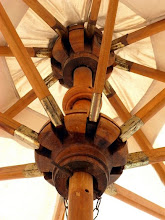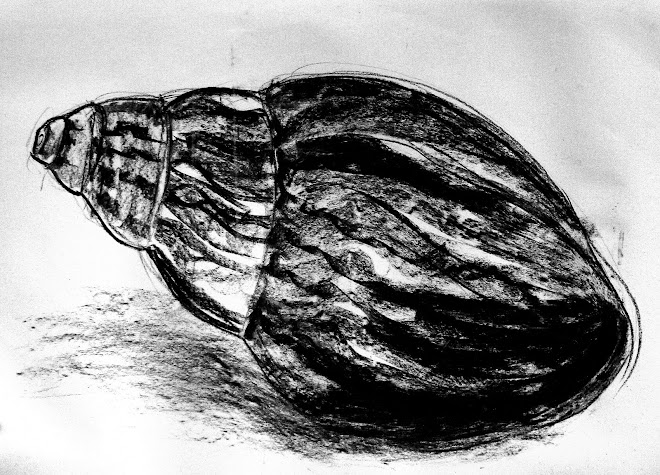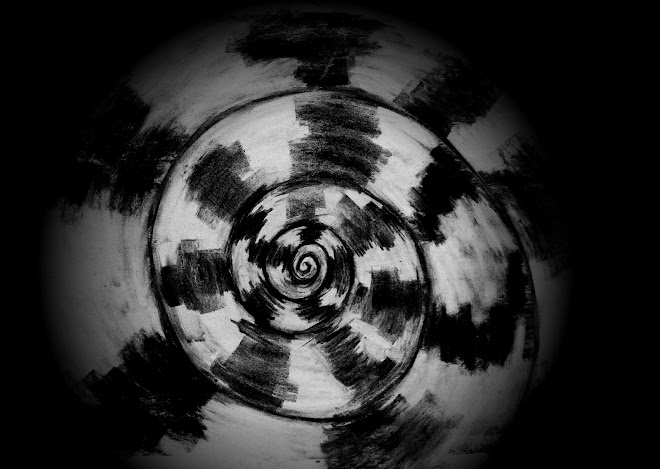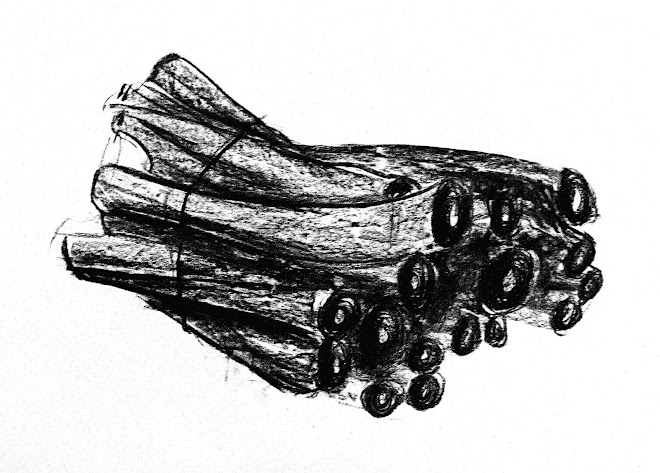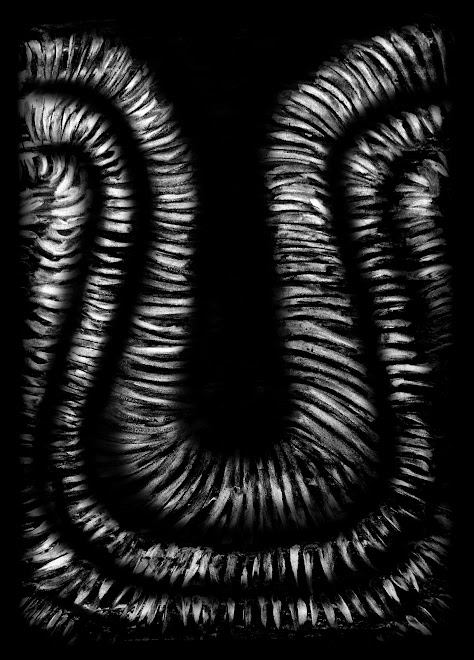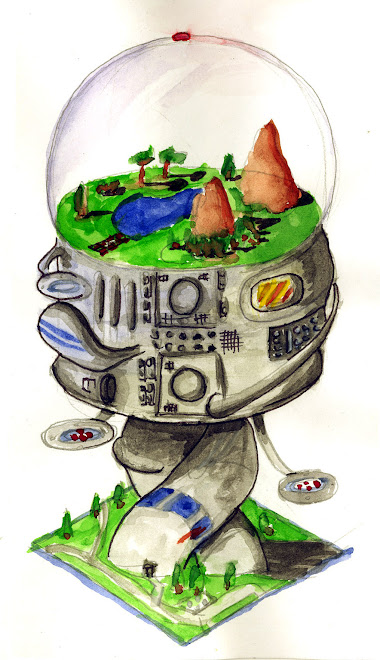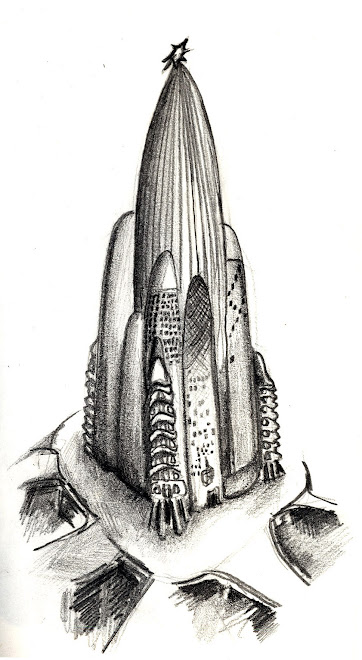


Richard Deacon is a British sculptor who has created a variety of works that appeal to me and link to my topic, pictured are; "Blind, Deaf and Dumb A", "Under My Skin" and "Keeping the Faith".
Deacon often creates very fluid, well balanced forms. He uses curved surfaces in almost all of his sculptures and carefully expresses linear qualities. When I look at his sculptures I feel that he is trying to satisfy a craving for completeness of form. His sculptures contain surfaces and lines that have no end point. All elements of the sculpture tend to loop round seamlessly back onto themselves. To me, this completeness of form makes the work seem very separate from its surroundings, helping it to really stand out.
Some of his other work seems to imply large, hidden forms. It is as if he has just chosen to show part of what is there. He will not, however, just highlight an arbitrary intersection or cross-section, instead he will take a continuous loop or polar-segment, to convey completeness.
Whilst his work is often very organic, it is sometimes hard to deduce, from what has Deacon taken his inspiration. Some of his sculptures look like transluscent cellular organisms, others remid me of paths of objects through space. I think his bent, wooden sculptures are heavily inspired by natural form, evoking fruit, plants and body parts.















